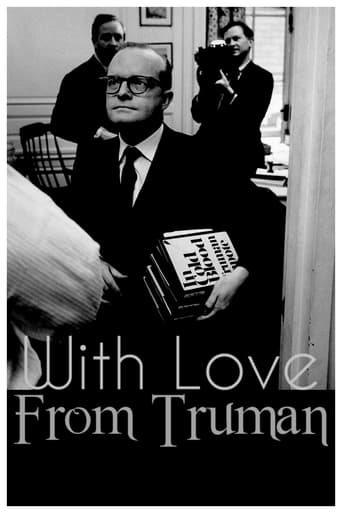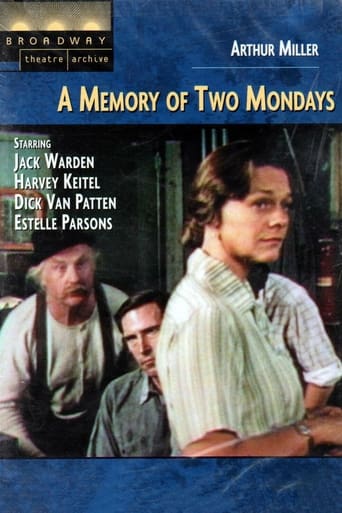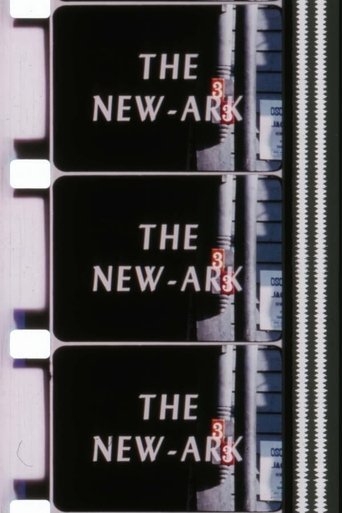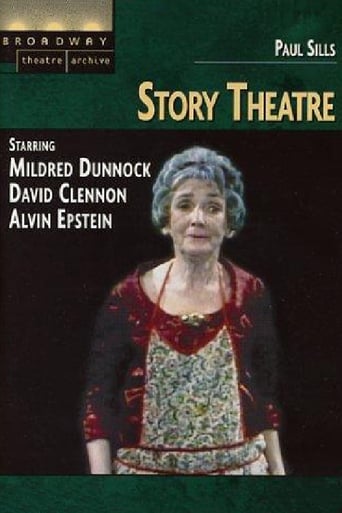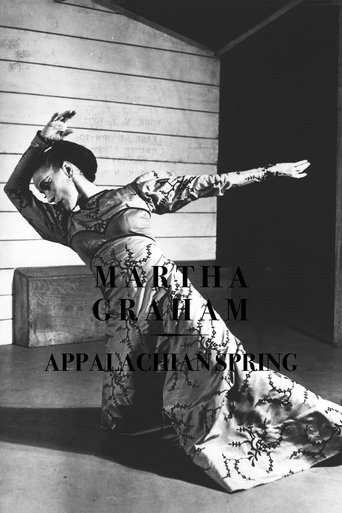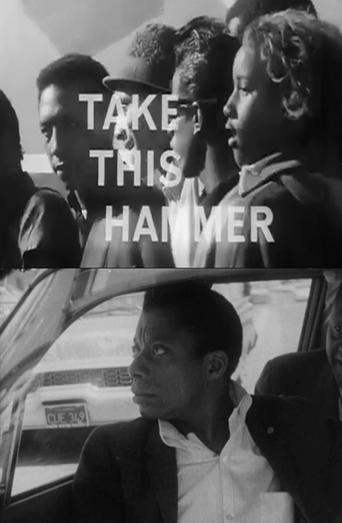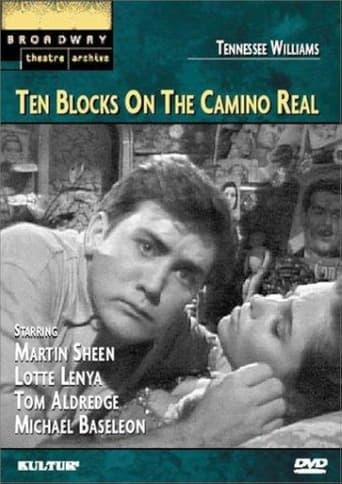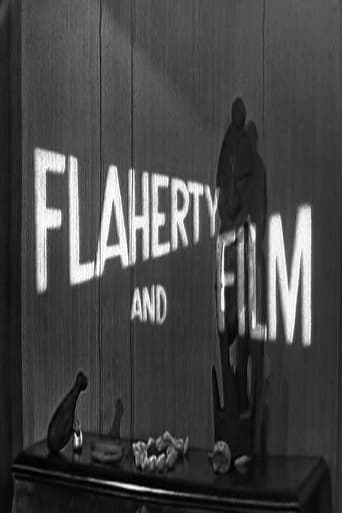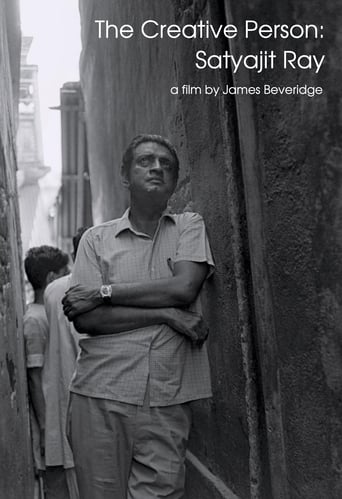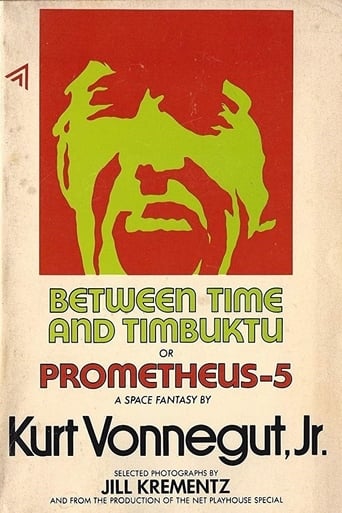Andy Warhol + Roy Lichtenstein 1966
This program profiles Andy Warhol and Roy Lichtenstein, two of pop art's greatest icons. Back-to-back interviews highlight their differences. The voluble Lichtenstein, interviewed in his studio, discusses his methods and the use of familiar objects in his art. The reticent Warhol baits the interviewer, who attempts to extract concrete statements from the elusive artist. The Warhol segment is supplemented by footage of his band, the Velvet Underground; a clip of one of his short films, "Nancy Worthington Fish"; and brief comments from Edie Sedgwick, one of Warhol's proteges.

